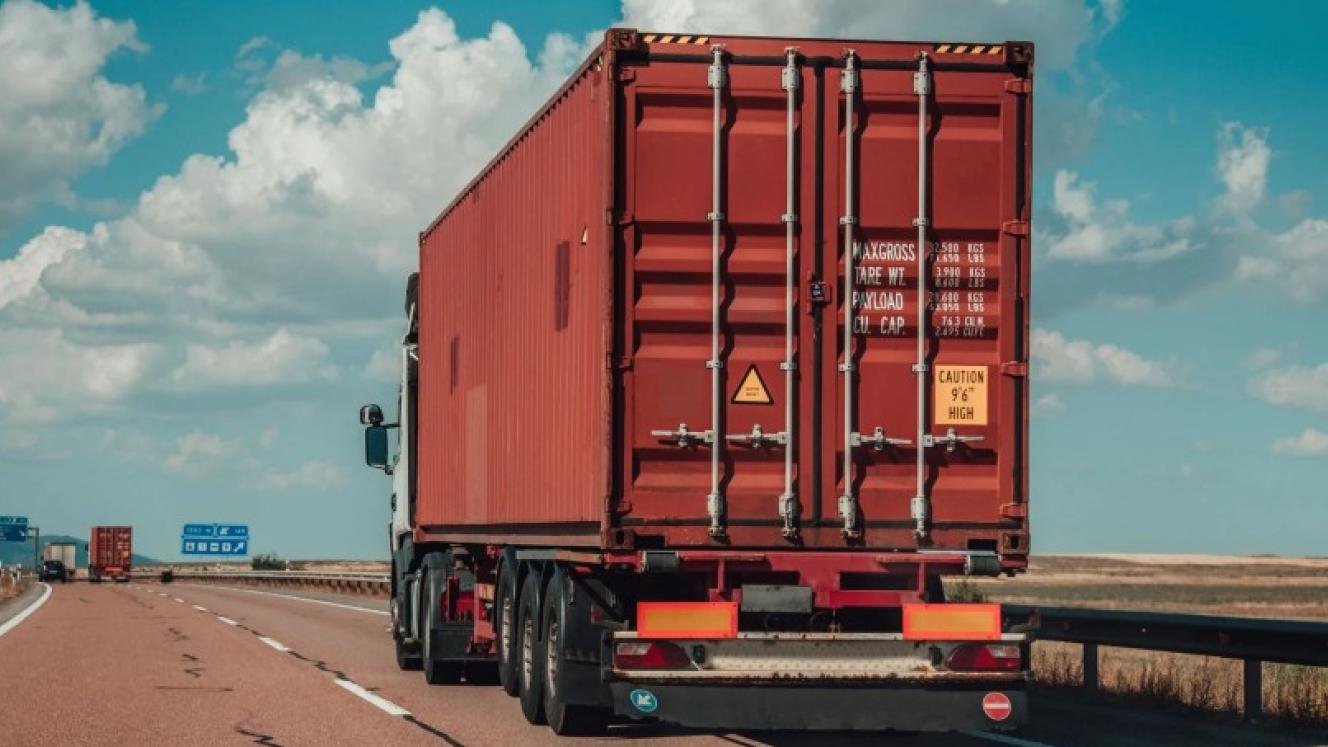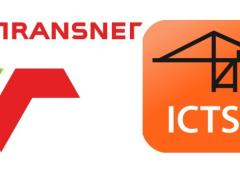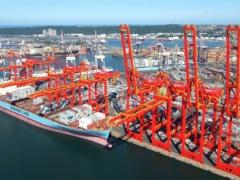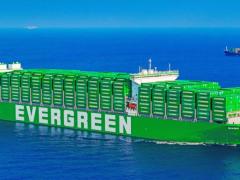Africa’s customs and cross-border trade environment is undergoing a transformative shift, driven by modernisation, regional integration and strategic incentives, according to a new PricewaterhouseCoopers (PwC) report.
But non-tariff barriers and trade imbalances still persist in some regions on the continent, particularly in the East African Community (EAC).
The report, Africa Customs and Cross-Border Trade Guide 2025, reflects on the legislative and regulatory landscape and details changes across ten key African markets: Kenya, Ghana, South Africa, Tanzania, Uganda, Zambia, Namibia, Rwanda, Egypt and Nigeria. PwC has found that these countries are leveraging reforms and regional agreements to boost intra-Africa trade and enhance their global competitiveness.
“Amid global supply chain shifts, geopolitical uncertainty and environmental pressures, countries across the continent are rethinking how goods move across borders,” the report states.
This includes governments modernising customs frameworks to streamline procedures, reduce clearance times and enhance transparency. These efforts are not only improving trade efficiency but also laying the foundation for sustainable economic growth, PwC says.
A cornerstone of this transformation is the African Continental Free Trade Area (AfCFTA), which all ten countries have signed and ratified, although implementation varies.
“Amid global supply chain shifts, geopolitical uncertainty and environmental pressures, countries across the continent are rethinking how goods move across borders.
“The AfCFTA is poised to significantly boost intra-African trade and unlock new economic opportunities across the continent.”
Namibia’s first AfCFTA export in March 2025 included mineral products like diamonds and uranium, while Nigeria’s July 2024 shipment under the AfCFTA Guided Trade Initiative featured goods such as bags, smart cards and shea butter to markets like Egypt and Kenya.
PwC notes that Regional Economic Communities are also pivotal in harmonising standards and reducing trade barriers. Kenya, Tanzania, Uganda and Rwanda, as members of the EAC, benefit from a customs union governed by the East African Community Customs Management Act, 2004. This allows duty-free trade among member states and applies a Common External Tariff (CET) on non-EAC imports, typically ranging from 0% for raw materials to 35% for sensitive goods.
Similarly, Ghana and Nigeria operate under the Economic Community of West African States (ECOWAS) CET, with tariff bands from 0% for essential goods to 35% for specific products, alongside the ECOWAS Trade Liberalisation Scheme for duty-free intra-regional trade.
South Africa and Namibia, part of the Southern African Customs Union (Sacu), enjoy duty-free trade among regional members and a shared revenue pool, with Namibia earning significant tax revenue from Sacu duties. Zambia, a member of both the Southern African Development Community (Sadc) and the Common Market for Eastern and Southern Africa, applies preferential tariffs for qualifying goods, with customs duties ranging from 0% to 40% based on the value for duty purposes.
According to the report, countries are also offering targeted customs incentives to promote investment and exports. These include bonded warehousing, duty remission and manufacture under bond schemes (MUB).
Egypt exempts medications, agricultural products, and electric vehicles from customs duties to support public health and environmental goals. Uganda and Tanzania provide duty exemptions for sectors like mining and horticulture, while Nigeria’s MUB allows duty-free imports for export-oriented production.
Authorised Economic Operator (AEO) programmes are also enhancing trade efficiency. In Tanzania, 36 companies are registered as AEOs as at February 2025, benefiting from expedited clearance and reduced inspections, while South Africa’s AEO programme provides benefits like reduced security payments and faster refunds.
“Through modernised trade regulations, deeper regional integration and AfCFTA implementation, they (countries) enhance trade flows, attracting investment and driving sustainable economic growth,” PwC says.
However, despite these advancements the report warns that non-tariff barriers persist on the continent. This includes challenges such as complex rules of origin and trade imbalances, particularly in regions like the EAC.













